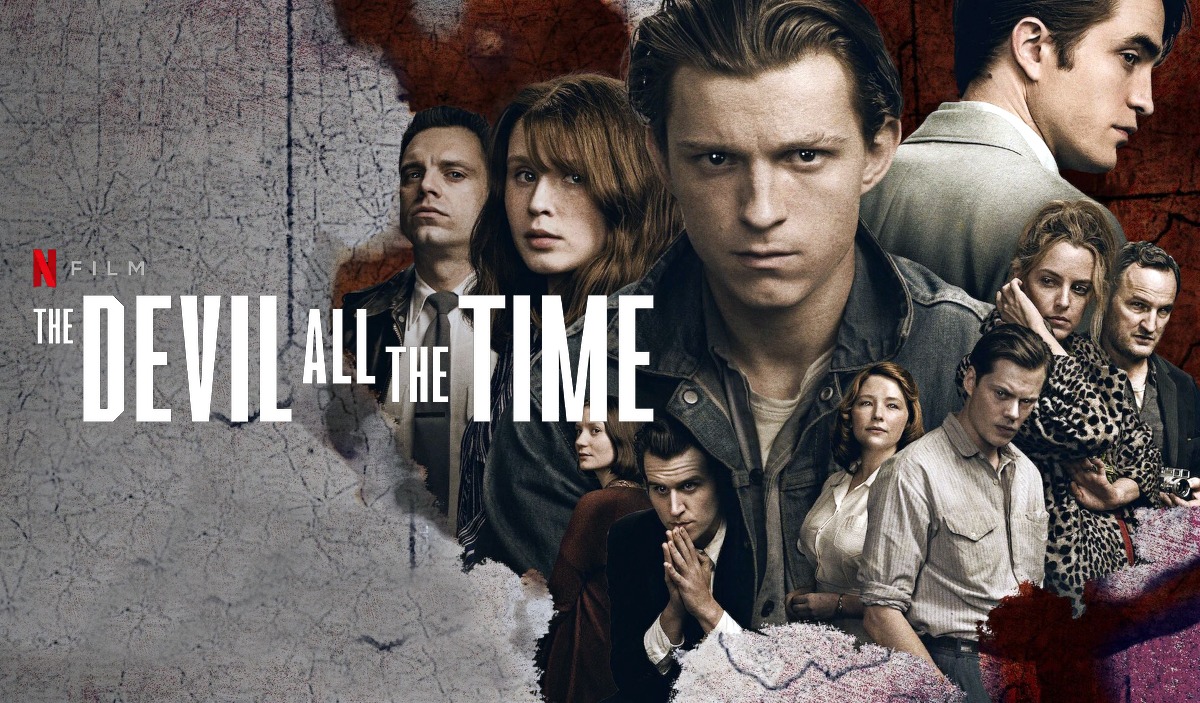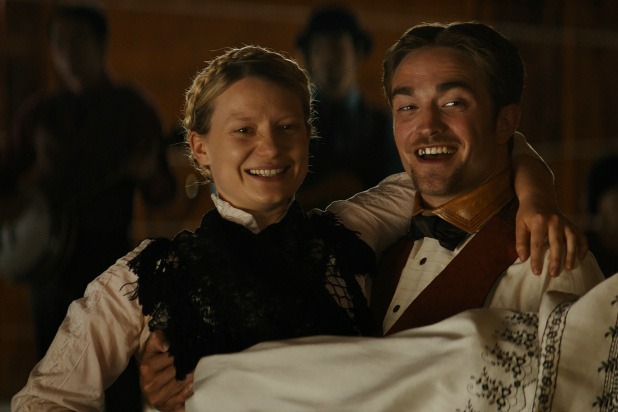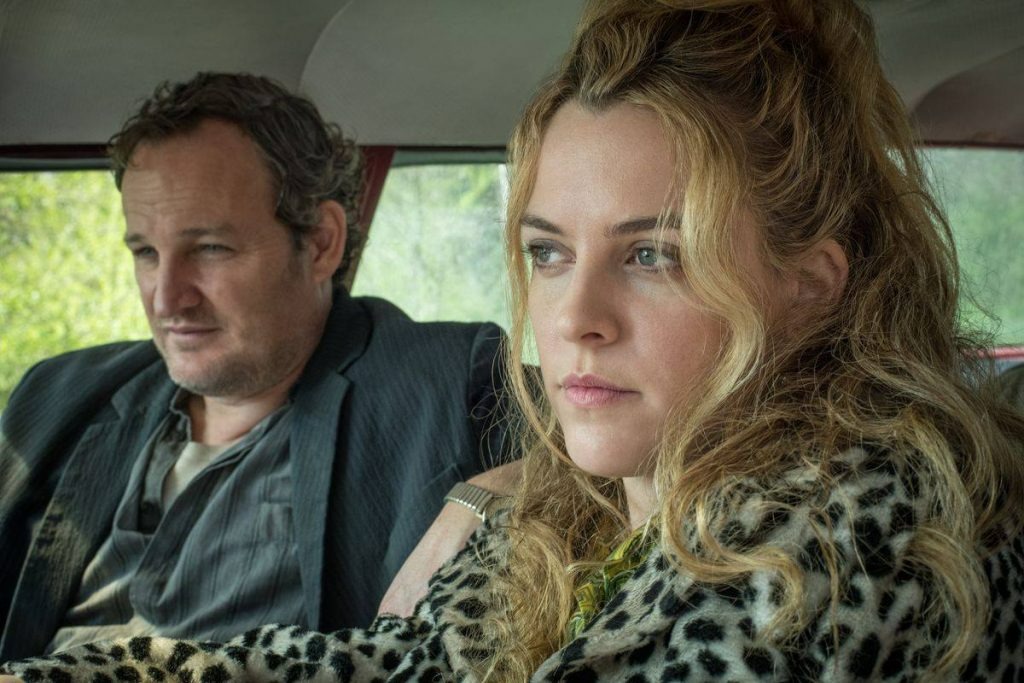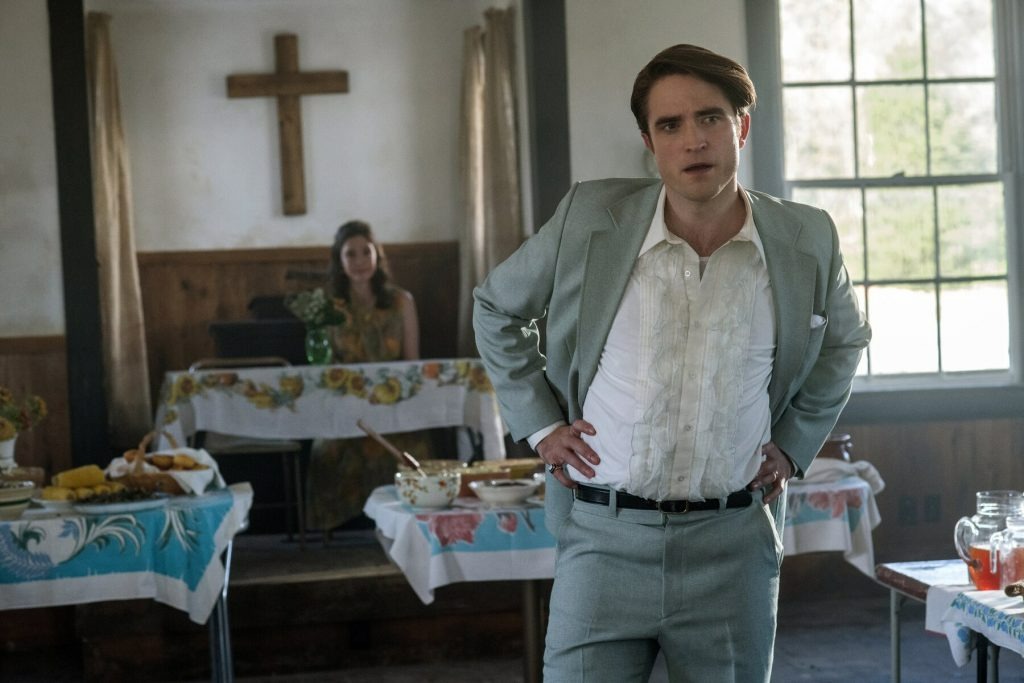
The Devil All the Time (2020) is a Southern Gothic psychological crime thriller directed by Antonio Campos, based on the novel by Donald Ray Pollock. The film, set in the Appalachian region of Ohio and West Virginia, intertwines multiple characters and storylines, all haunted by the pervasive forces of violence, corruption, and moral decay. With its bleak atmosphere and complex character arcs, the film offers a chilling look at the darker side of human nature and the consequences of living in a world where faith and morality are often overshadowed by evil.
The story unfolds across several decades, beginning in the aftermath of World War II, and follows a number of interconnected characters, each grappling with their own inner demons. The central figure is Arvin Russell (played by Tom Holland), a young man raised in the rural town of Knockemstiff, Ohio, who is forced to navigate a world filled with violence, betrayal, and manipulation. As he matures, Arvin becomes entangled with a series of morally compromised individuals, including a corrupt sheriff, a sadistic preacher, and a pair of murderous photographers. Each of these characters plays a role in Arvin’s development, pushing him further toward violence and vengeance.
One of the film’s most striking elements is its exploration of the impact of trauma on individuals and communities. The narrative moves between different time periods and perspectives, from Arvin’s childhood with his abusive father to his encounters with corrupt figures in his adult life. Through these storylines, The Devil All the Time delves into the cyclical nature of trauma, showing how the sins of the past continue to haunt future generations. The film paints a grim picture of a society where individuals are trapped by their circumstances, unable to break free from the destructive patterns of violence and corruption.
The film’s ensemble cast delivers exceptional performances, with Tom Holland offering a standout portrayal of Arvin Russell. Holland’s performance is deeply emotional, capturing the inner conflict of a young man who is trying to retain his humanity in a world that seems determined to strip him of it. Robert Pattinson also shines as the sinister preacher Preston Teagardin, whose manipulative and depraved nature serves as one of the film’s most unsettling elements. The supporting cast, including Bill Skarsgård, Riley Keough, and Sebastian Stan, all contribute to the film’s dark and oppressive atmosphere, creating a sense of dread that permeates every scene.

The cinematography in The Devil All the Time plays a crucial role in establishing the film’s haunting mood. The film’s dark, muted color palette and lingering shots of desolate landscapes emphasize the bleakness of the setting. The rural towns and rundown churches provide a perfect backdrop for the story’s themes of religious hypocrisy, moral ambiguity, and the ubiquity of evil. The visual style of the film mirrors the inner darkness of its characters, with each frame feeling heavy with the weight of their choices.

At its core, The Devil All the Time is a story about the search for redemption in a world where good and evil are often blurred. While the film depicts horrific acts of violence and corruption, it also presents moments of grace and vulnerability. Arvin’s journey, in particular, is one of moral reckoning, as he grapples with the desire for revenge and the question of whether he can escape the cycle of violence that has defined his life. The film raises important questions about fate, justice, and the possibility of redemption, leaving viewers to reflect on the choices made by its complex characters.

In conclusion, The Devil All the Time is a chilling and thought-provoking film that explores the darkness of human nature through a Southern Gothic lens. The film’s powerful performances, atmospheric cinematography, and intricate storytelling make it a compelling and haunting watch. By examining the cyclical nature of violence, trauma, and redemption, the film offers a sobering look at the forces that shape individuals and communities. It is a gritty, uncompromising narrative that lingers long after the credits roll, leaving audiences to ponder the moral complexities of the world it portrays.
